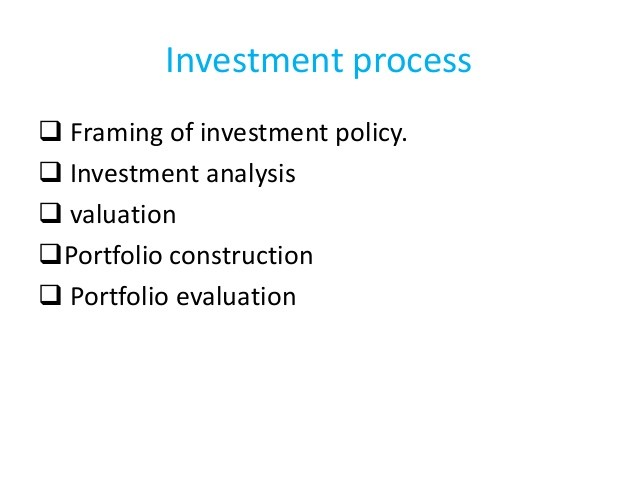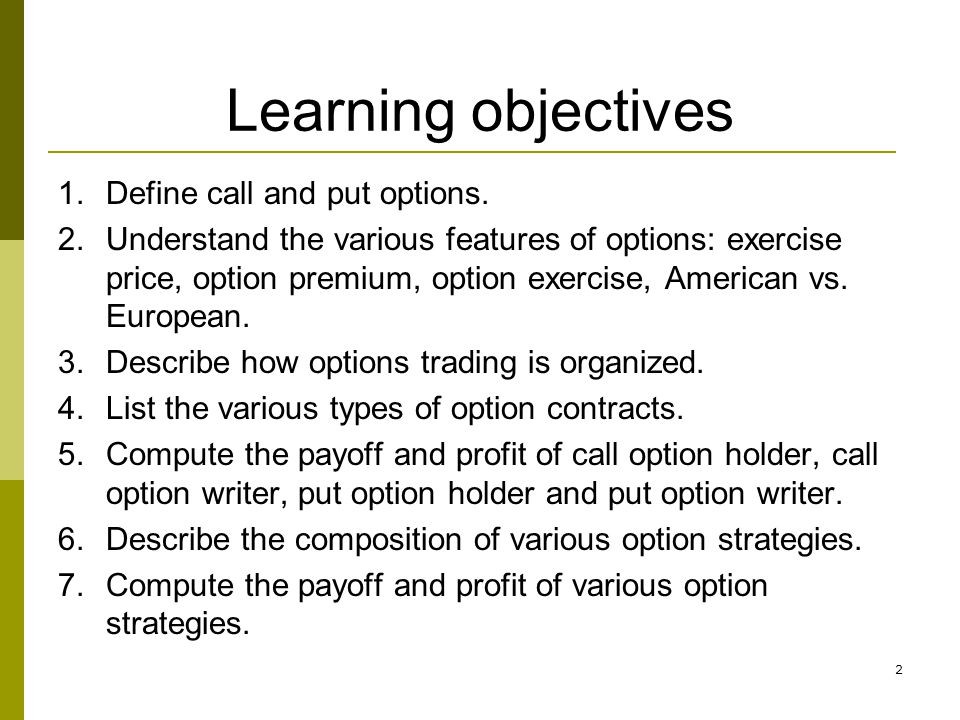INVESTMENT OBJECTIVES_1
Post on: 15 Апрель, 2015 No Comment

In order to develop your Personal Investment Program, it is important to establish long-term goals and objectives to provide direction for future developments and desires. However, the first step in establishing your goals is to analyze your current financial condition. This can be accomplished by preparing Personal Financial Statements and a cash flow analysis. In addition, any planning should also include cash reserves for emergencies and insurance coverage.
Once your current financial condition has been evaluated, the second step is to establish broad investment objectives. There are essentially three primary investment goals:
Preservation of principal.
Generation of stable after-tax income.
Appreciation of principal.
The establishment of investment objectives helps determine the degree of emphasis placed on each of these goals. Carefully examine your standard of living, resources and family needs and then realistically decide which investment goal best fits your needs.
Short-term sacrifices may be necessary to provide for a comfortable future, and realizing this fact ten or twenty years too late may make important financial and life goals unattainable.
For example, children who wish to attend college might be unable to do so if their parents did not budget and plan ahead for tuition and expenses. Today, one can expect to have to save a substantial amount each year for four or more years to finance a college education.
Many persons have also not taken the time to plan for retirement. This goal may conflict with their goals to provide education funding for children. An improper plan can result in people reaching retirement but having to cut their standard of living. Setting goals and objectives early enough will help to achieve financial security.
Financial goals and objectives are of further value because they can help people weather financial emergencies that may occur. In contrast, people who do not set long-term goals and objectives can become victims of circumstance.
There are many investments to choose from to help guarantee financial security. Many assets, including stocks, bonds, real estate and other investments can help fulfill investment objectives, whether it be growth or income.
However, before investing, it is necessary to analyze your liquidity requirements as well as tax consequences for the upcoming year. This may alter the timing of investments or the decision with regard to investment selection.
Once you have determined your investment goals, an appropriate asset allocation should be chosen. Your asset allocation should reflect your expectations for investment return. There are several investment objectives that can help you plan an investment strategy. The outline below gives simple guidelines for an asset allocation mix.
OBJECTIVE FIXED INCOME EQUITIES
Maximum Safety ALL NONE
Maximum Income 90% to 100% 0% to 10%

Moderate Income 80% to 100% 10% to 30%
Moderate Growth 20% to 40% 60% to 80%
Maximum Growth 0% to 20% 80% to 100%
DESCRIPTIONS OF INVESTMENT OBJECTIVES
MAXIMUM SAFETY — Appropriate for individuals who require a high level of current income where the principal must be kept intact for some specific use in a relatively short time. This category is not favored as a long-term objective because it lacks protection against inflation.
MAXIMUM INCOME — Appropriate for individuals who require the highest level of current income where the principal must be kept intact over time. This category is not favored as a long-term objective because it lacks protection against inflation.
MODERATE INCOME — Appropriate for individuals who require substantial income for ten years or more, while at the same time requiring protection against inflation.
BALANCED INCOME — Designed for individuals who require both income and principal to sufficiently keep pace with inflation while generating as much income as possible.
BALANCED GROWTH — Designed for individuals who require growth in both income and principal to sufficiently keep pace with inflation while generating above average appreciation of principal.
MODERATE GROWTH — Appropriate for individuals who currently depend to a small degree on their portfolios to provide current income and would prefer to have appreciation of principal.
MAXIMUM GROWTH — Designed for individuals who have little or no concern for current income and whose investment interests often transcend pure financial considerations. These individuals are willing to assume a greater degree of risk, and understand both the positive and negative consequences of aggressive investments.
It is impossible to plan for every contingency, so the essential element is flexibility. Whatever your investment strategy, review your long-term goals and objectives every year to be certain that your objectives and investment attitudes are still aligned with your investments.














